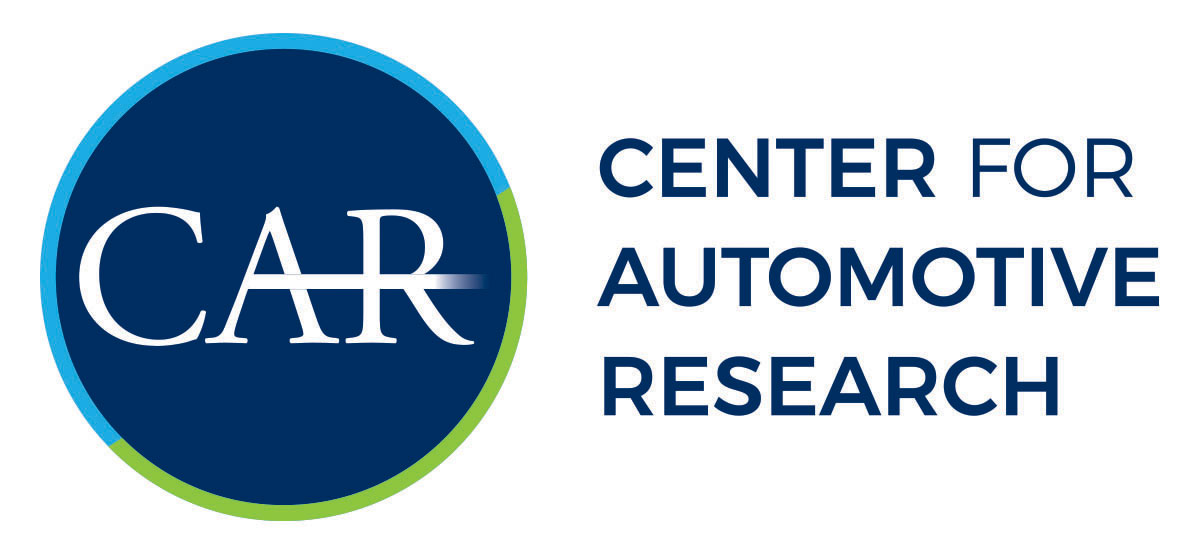On a bi-weekly basis, CAR welcomes our audience to decompress with our President and CEO, Carla Bailo, as she covers and shares her thoughts on the latest Hot Topics happening in the automotive industry. While the biweekly newsletter primarily covers four topics, this feature story previews two of the topics covered on September 24, 2021. If you would like access to the full newsletter for better insights into critical industry issues you and your organization are facing, sign up for our mailing list here.
HOT TOPICS 9/20/2021 – 9/24/2021
EV Incentives
- Union-built EV tax credit provision faces hurdle
- Congress aims to revamp consumer incentives for plug-in electric vehicles
- Dems propose new $12,500 electric car rebate, Tesla left with $4,500 disadvantage
- Dozens More Models, New Incentives, and Increased Production Mean Buyers Could Find Plenty of Reasons to Go Electric
- India aims to boost EV production with incentives
Carla’s thoughts:
As we consider President Biden’s executive order (non-binding) for 50% of EV sales to be BEV, PHEV, or Fuel cell by 2030, it is apparent that many elements will contribute to meeting this goal. The hurdles to customer acceptance remain; cost, range, and charging infrastructure. There are elements of this EV thrust included in the congressional bill, including incentives to purchase EVs. (Read more from CAR here>>> )
The proposal creates concerns over the gap in incentives between EVs produced in union vs. non-union manufacturing facilities. As written, there is an extra $4500 incentive to purchase a vehicle built in a union manufacturing facility. Naturally, the automakers without union facilities are concerned over this provision and the potential uneven playing field. Frankly, it is hard to make a plea that those facilities that operate in the US, have high domestic content, and employ US workers should be placed at a disadvantage. If we want electrification to succeed, perhaps a more level playing field should be established to allow all potential buyers the choice they want at a price they can afford. Wouldn’t that be better to reduce our carbon footprint? Isn’t that the REAL goal? Let’s keep our eyes on the crucial fact that we want to improve our carbon footprint and make the globe a more healthy place to live and thrive.
My final point on this subject is that incentives work – period. We have seen it in other countries, so the sooner we agree on incentives, the better for EV sales.
Autonomous Shuttles and Robotaxis
- Longest AV Shuttle Route in North America Launches in Canada
- May Mobility to launch AV shuttle in Ann Arbor
- Eastern Michigan University to launch autonomous shuttle service on campus
- Robo Taxi Market Size to Reach USD 38.61 Billion by 2030 at CAGR 67.8% – Valuates Reports
- Electric robotaxis might not provide the greener travel everybody expects
- Aurora Plots Robotaxi Service With High-Tech Toyota Minivans
Carla’s thoughts:
As expected, we are seeing many shuttles starting on university campuses, senior living centers, and other locations with a “contained” roadway facility. It makes a ton of sense to learn, work with academia, and get young people tuned into automation. This rollout also reduces risk considerably and allows the artificial intelligence data to grow and be programmed into all AVs.
Then, as these vehicles are better-perfected, the integration of AVs and human-driven vehicles may be started in limited zones, maybe, as we still have a lot to learn in this regard. Human brains are unpredictable, and each person’s driving style is different and may vary day to day. The human element adds significant complexity to the matching learning algorithms. There is a lot of simulation and on-road testing to be done, analyzed, and perfected.
To that end, one of the best uses will be in robo-taxi or delivery vehicles that fundamentally do not stop and have no deadhead rides. Deadhead rides create congestion and a lack of greener travel, as indicated in the study above. Economically, those services with vehicles that don’t have downtime and are used efficiently are the ones that will survive and thrive in the future.
TO READ THE FULL NEWSLETTER, SUBSCRIBE TO THE CAR MAILING LIST BELOW

Carla Bailo
President & CEO
Get our feature stories straight to your inbox.
Join our email list today and never miss our feature stories, publications, and event news.

